Suburban Childhood
Erik Wilson / Submarine
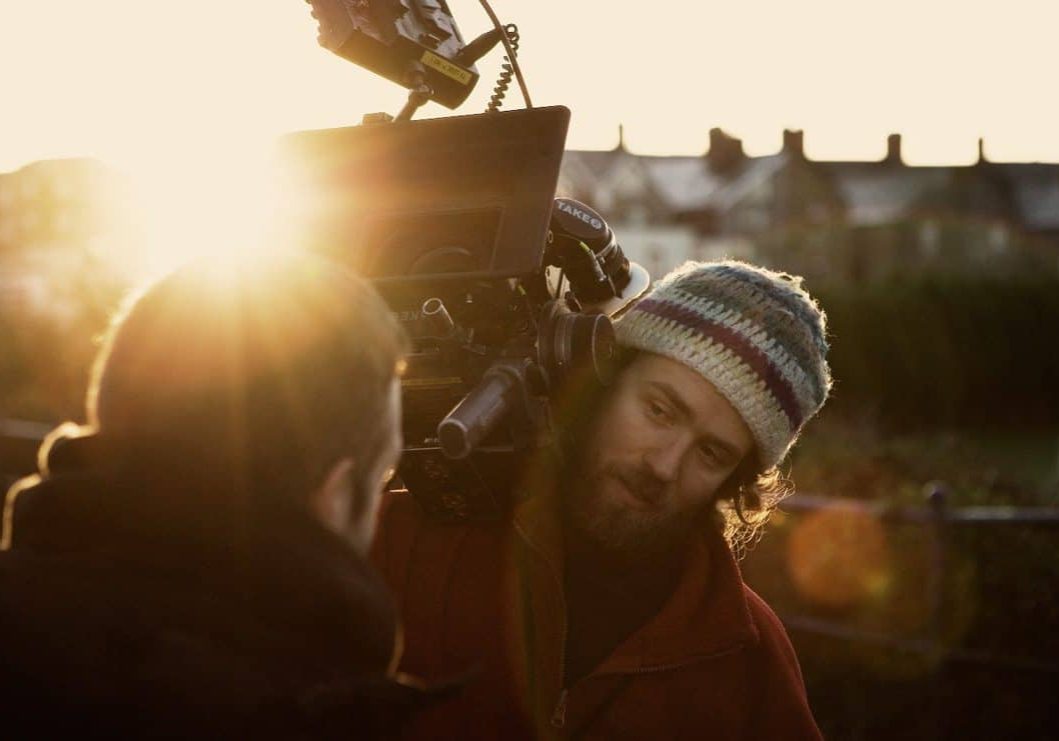
Suburban Childhood
Erik Wilson / Submarine
Cinema fans enjoy the obvious and not so obvious connections between films. The links between two greatly anticipated productions – coming-of-age comedy Submarine and the gritty tale of redemption Tyrannosaur – are more intriguing than could be hoped.
Each, respectively, is the feature directing debut of high profile actors Richard Ayoade and Paddy Considine and, tying the knot tighter, Considine appears in Submarine, which introduced him to man who ended up shooting both movies, DP Erik Wilson.
The cinematographer himself cites producer Diarmid Scrimshaw as a key factor, as he produced the Artic Monkeys' Live At The Apollo concert film and Cornerstone video, both directed by Ayoade and involving Wilson, as well as Considine's Tyrannosaur. But there is no connection between the films in their subject matter and certainly none in how they were shot and the visual styles.
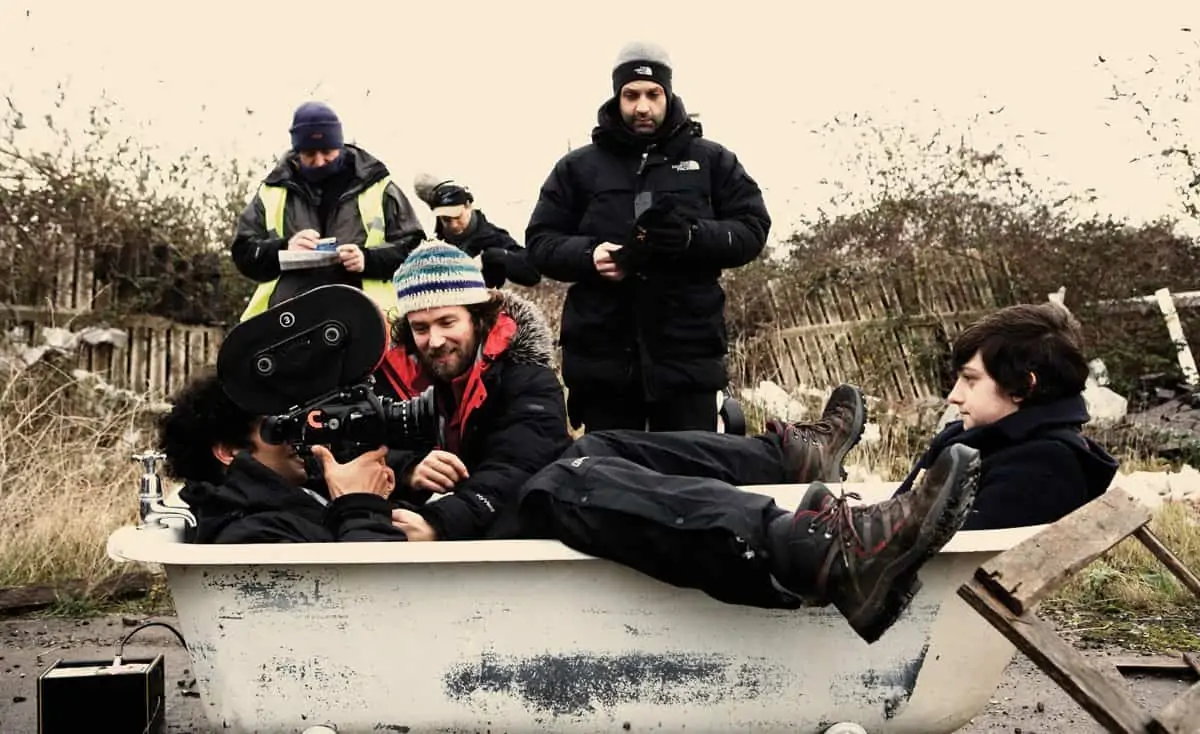
Submarine was adapted by Ayoade from the novel by poet Joe Dunthorne. It stars Considine and Sally Hawkins, with Craig Roberts as Oliver Tate, a 15-year old with two major aims – to lose his virginity and stop his parents splitting up. This sounds a quintessentially suburban English suburban scenario but Ayoade, who is best known as the super geek Moss in The IT Crowd, and Wilson took inspiration for the look from elsewhere.
"Richard had very clear ideas about many aspects of the visuals for the film," comments Wilson. "We watched a lot of films for reference, most of them coming from 1970s French cinema." These included the character studies of Francois Truffaut and Eric Rohmer's comedies of manners. Another influence was the cinematography of Nestor Almendros, who photographed several Truffaut films, including The Man Who Loved Women (1977), and Pauline At The Beach (1983) for Rohmer, as well as Terrence Malick's Days Of Heaven (1978).
From this Ayoade and Wilson decided to light as little of Submarine as possible, an intention which he says does have echoes of the Dogme school of Danish filmmaking. On the face of it this makes sense, as Wilson is Scandinavian (he explains that his surname comes from a stray Scotsman who went to Norway in the 1850s), but he does not see much Nordic influence on his work.
The spur for Wilson in choosing filmmaking as a career came from a friend sending him a pamphlet for the London International Film School. "When I got there I realised that it was what I wanted to do," he says.
His own style, Wilson says, is not naturalistic or Dogme. "The only similarity with Dogme on Submarine was not using conventional movie lighting and relying on natural light," Wilson explains. "I like when something has been added to, beautified or heightened, although not in the Michael Bay over the top way."
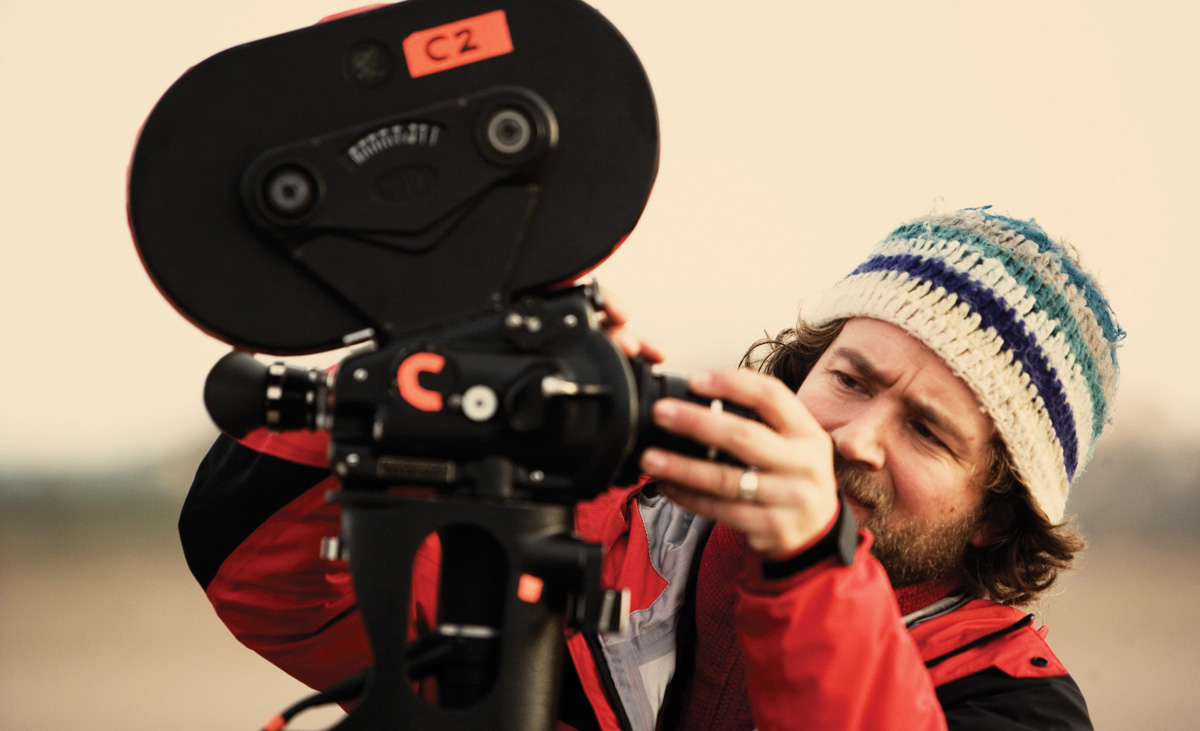
As much as possible of Submarine was shot using natural light and where there had to be lighting, as in the school scenes, either existing fluorescents were replaced or switched off or other bulbs brought in. The heightened, beautified look comes from diverse visual styles and different types of cameras and recording media. An Arriflex Lite, hired from Take 2 Films and running Kodak Expression 500 stock with a "nice old Canon lens", was used for the main 35mm shoot, but mixed in with this is Super 8, Video8 and VHS-C.
More controversial was an ARRI IIC, the old, small 35mm camera favoured by Stanley Kubrick, who used one on all his films from A Clockwork Orange (1971) onwards. "We found one somewhere," says Wilson, "and no one wanted us to use it but Richard said 'We have to use this.' So we always had it with us on a tripod and used it for scenic shots, which we did at the weekends. It jumps a bit and is very noisy but the pictures are wonderful and a lot of what we shot on it is in the film."
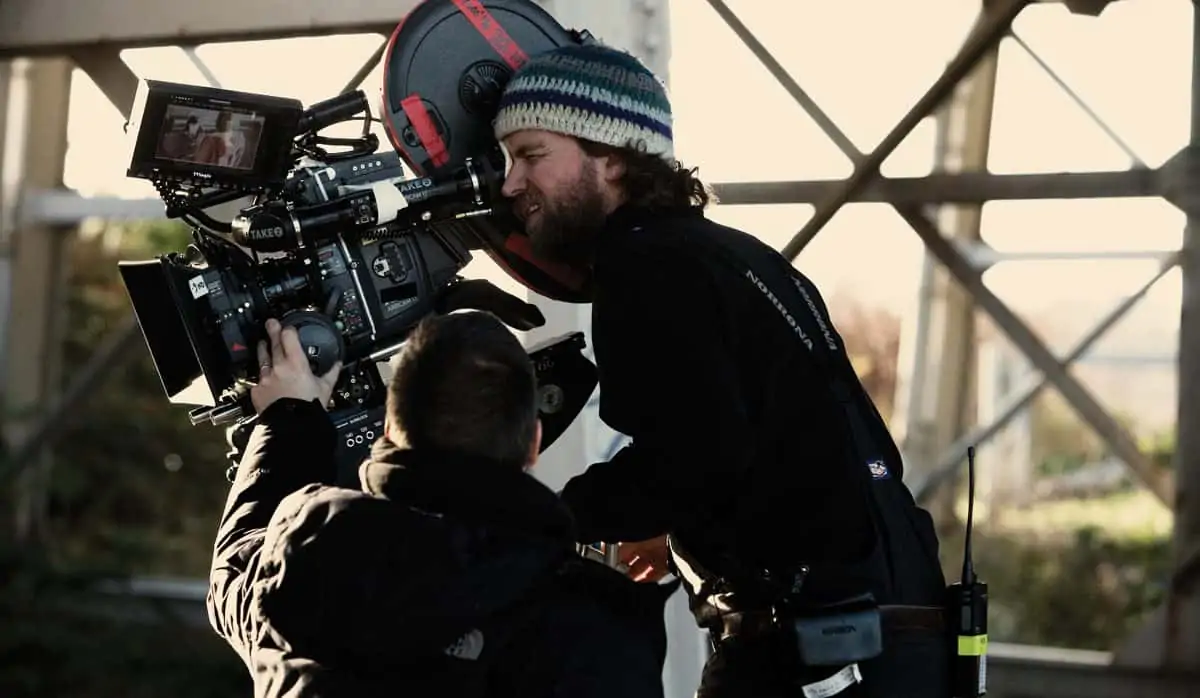
Tyrannosaur is different to Submarine in all respects. Shot digitally using the Red One and a Canon 5D still camera in video mode, the film, starring Peter Mullan, Olivia Colman and Eddie Marsan, tells the story of a relationship between a self-destructive man and a abused women, although Wilson says the tone and design, by Simon Rogers, is redolent of a Western. Paddy Considine has had a long working relationship with director Shane Meadows and as he wrote as well as directed Tyrannosaur, Wilson was expecting something along similar "hard core social drama, improvised" lines to Meadows' work.
"But it's not like that at all," he says, "although it is set on a council estate and some of it is not nice. There's one handheld sequence but apart from that everything is extraordinarily simple - a lot of it is two people talking to each other. Paddy knew what he wanted to do, some of it was shot in one take and everything was right."
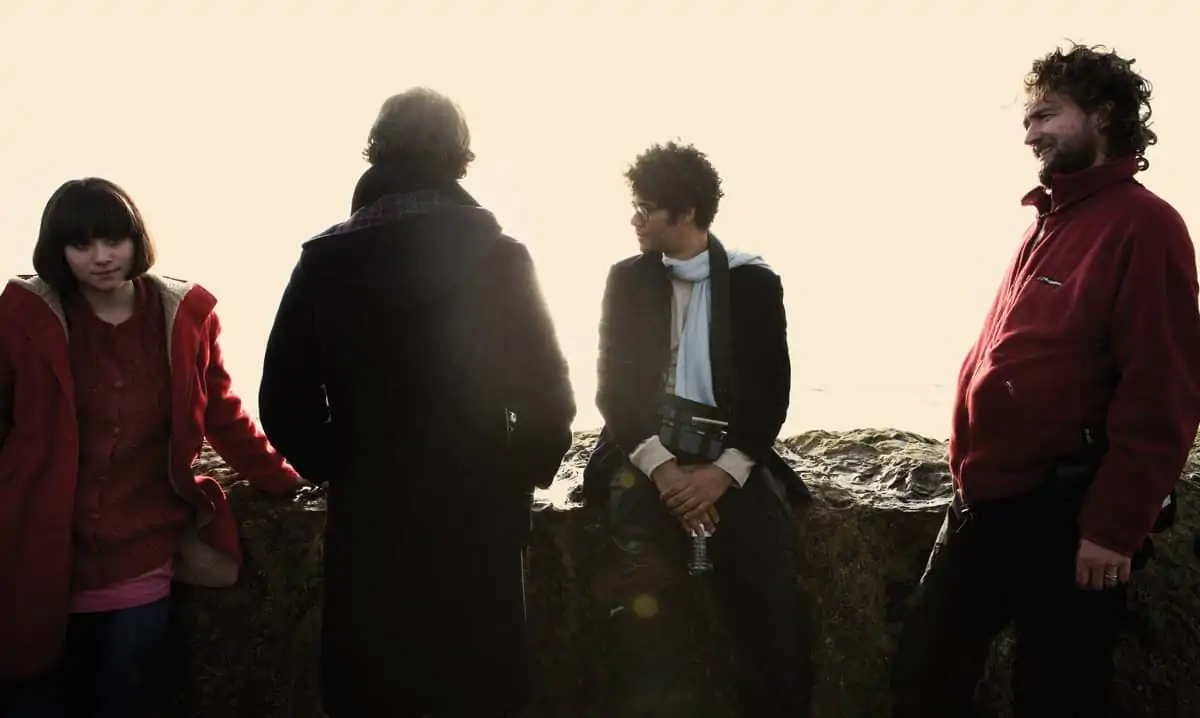
The Red One, in the new 4.5k widescreen setting, was selected to fit the budget but Wilson says because it is not suited to shooting night exteriors something else had to be used as well. "We did some tests on the 5D at Framestore, showing footage on the big screen," he comments, "and it looked like really good HD. It doesn't look in any way amateurish and what was shot on it is integrated with the Red footage so no one will notice."
Lens were the Cooke Optics Panchro, but this time Wilson says there was more emphasis on lighting. The main lamps were 4ks but he also specified a 2.5k HMI Octodome for a big, soft effect. "It was the one thing I knew I needed," he explains, "and I used it on probably every shot. It's my new love!
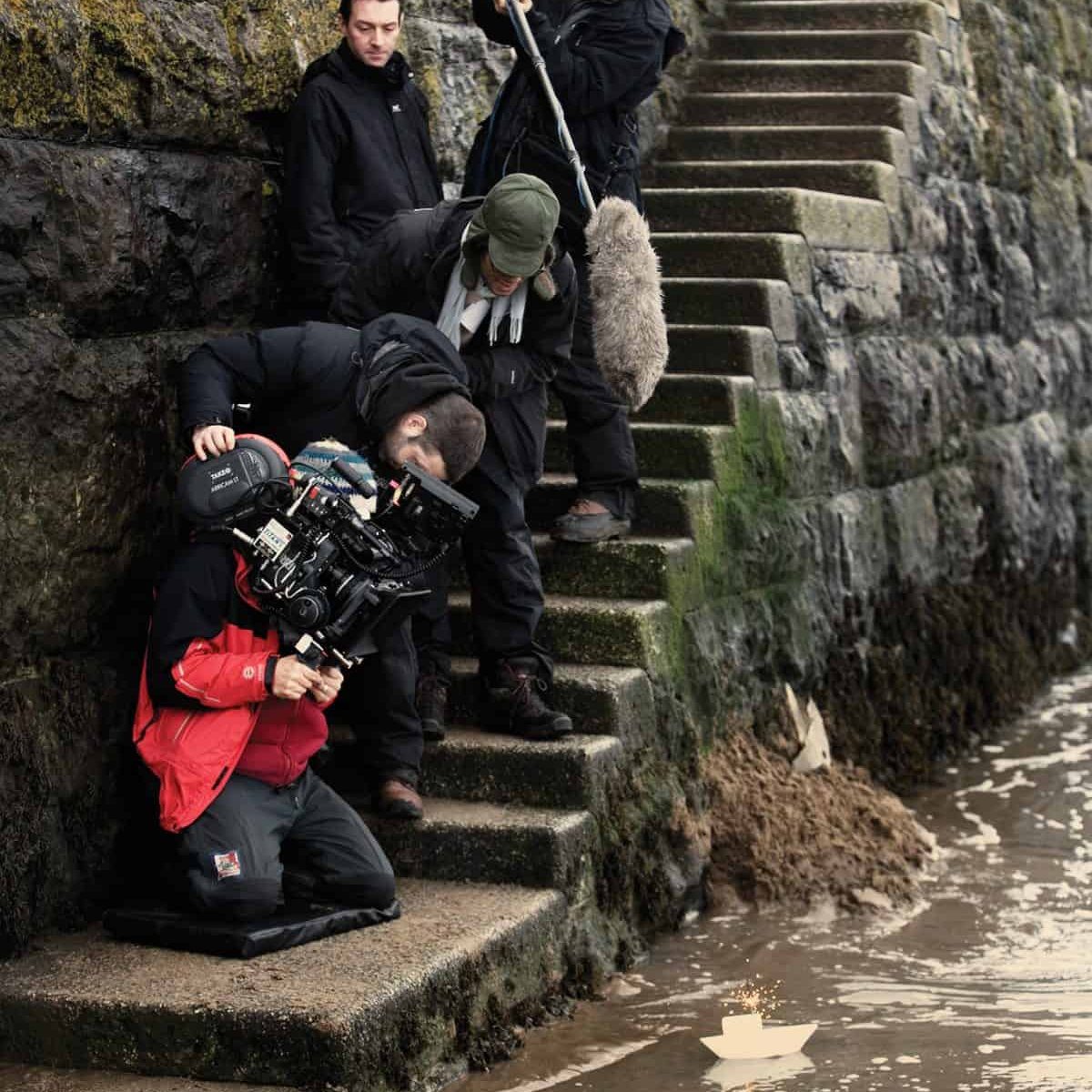
"We watched a lot of films for reference, most of them coming from 1970s French cinema."
- Erik Wilson
Clearly Erik Wilson enjoys experimenting with technology and his next project gives him another opportunity to do that, even though it is slightly unlikely material: a new adaptation of the Just William stories for the BBC. This version will be shot on the new Sony SRW-9000 HDCAM SR camcorder, which will be a fresh experience for Wilson: "You shoot a flat image and then do everything in the grade afterwards, so I will have to capture as much as I can."
While he is pleased that Just William is something his daughter will be able to watch, there is no word on whether Violet Elizabeth Bott's lisp, censored from the 1994 BBC production, will feature in all its horror this time.
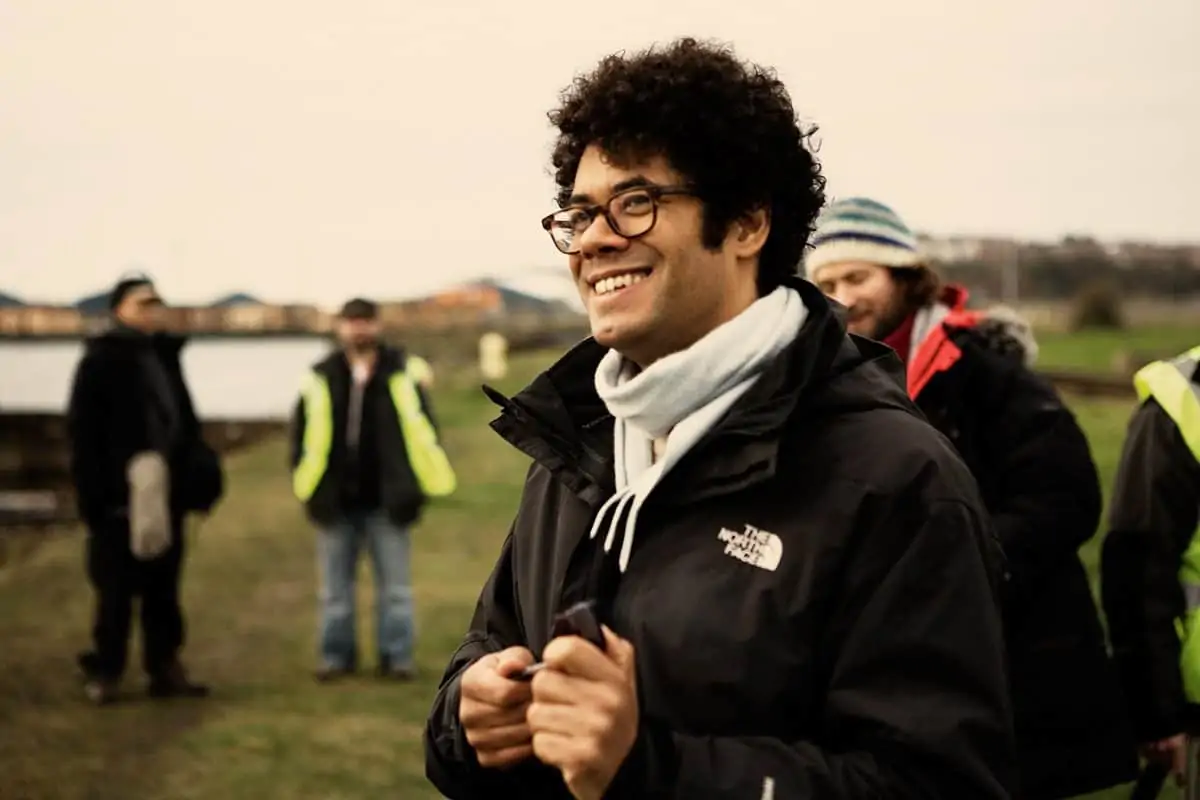
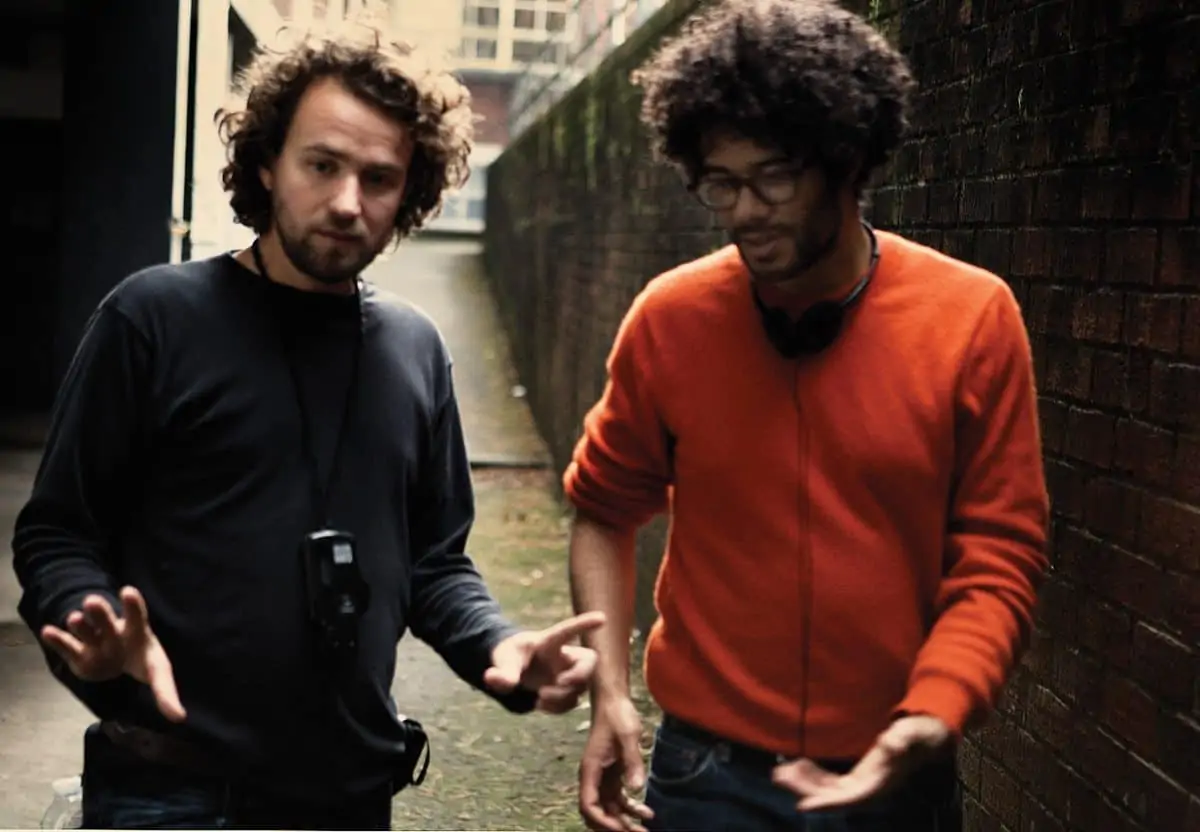




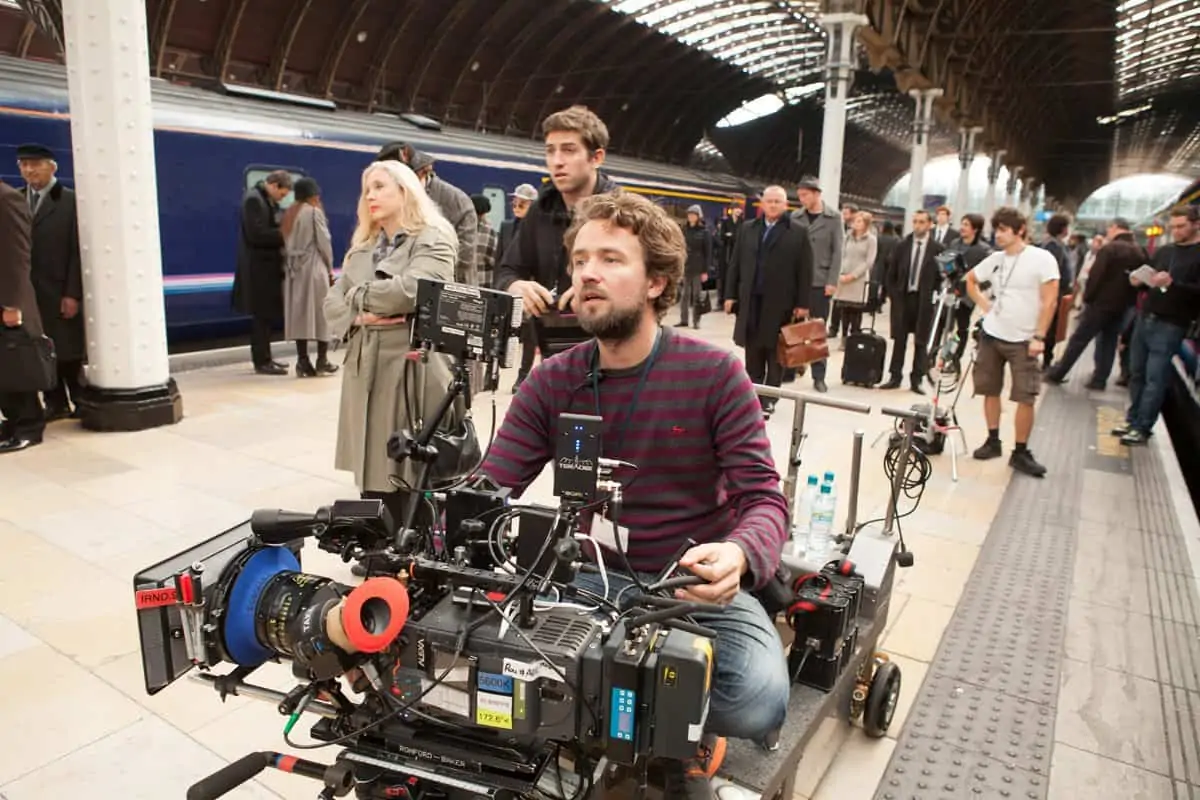
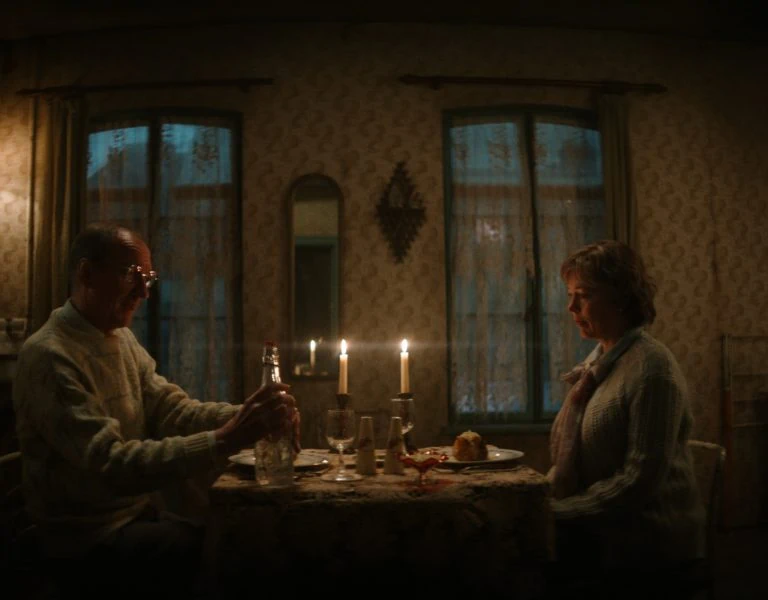
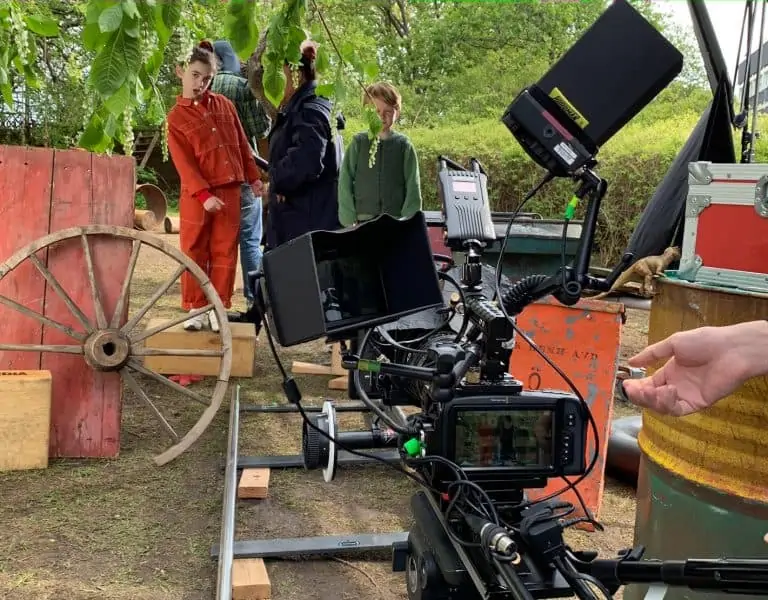

Comments are closed.